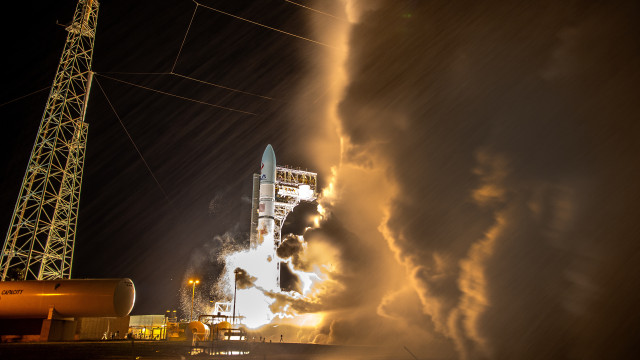A private US lunar probe that ran out of fuel after an explosion on board at the start of the journey is still successfully moving, taking pictures and using scientific instruments as it travels through space.
Astrobotic, the company that created the Peregrine robot, said a controlled landing on the moon was no longer possible, but did not rule out a so-called "hard landing" or crash - a prospect that has excited space watchers.
"Peregrine has been operating in space for more than 4 days," Astrobotic said in its latest update published on X. The device remains "stable and operational," AFP reported.
The rate of fuel loss steadily decreases as tank pressure drops, meaning the company has been able to extend the life of the spacecraft far beyond what it originally thought possible.
Meanwhile, the US, German and Mexican space agencies managed to turn on the scientific instruments they wanted to operate on the moon.
"The measurements and performance of the NASA-provided science instruments on board will provide valuable experience, technical knowledge and scientific data for future CLPS deliveries to the Moon," said Joel Kearns, NASA's deputy administrator for research.
Commercial Lunar Payload Services is an experimental NASA program in which the space agency is paying Astrobotic more than $100 million to supply Peregrine's hardware as part of a strategy to create a commercial lunar economy and reduce its own costs.
Astrobotic is the third private organization to fail a soft landing, following an Israeli nonprofit and a Japanese company.
Although the attempt was not successful, NASA officials made it clear that their "more shots on goal" strategy meant a better chance of success, and the next attempt, by Houston-based Intuitive Machines, launched in February.
Astrobotic itself will get another chance in November with its Griffin lander, which will transport NASA's VIPER rover to the lunar south pole.
For now, the Pittsburgh-based company remains tight-lipped about Peregrine's intended destination, leaving enthusiasts to make their own calculations.
Amateur astronomer Tony Dunn used publicly available data provided by NASA's Jet Propulsion Laboratory (JPL) to chart the spacecraft's current course, posting a graphic on the social network X showing that it will collide with the moon on January 23 .
But "one can only guess what will actually happen because of the fuel leak," which could easily throw it off course, he told AFP.
It's also possible that Astrobotic will deliberately point Peregrine in a different direction, such as fly past the Moon and launch into interplanetary space. /BGNES
Peregrine's space odyssey continues despite problems







